
There are different definitions and descriptions of what is Digital Transformation. From a very simple such as the process of using digital technologies to create new — or modify existing — business processes, culture, and customer experiences. To a very sophisticated you can find in this wiki page article, which will take you from digitization to digitalization and, finally, to digital transformation. However, I like the following picture. Digital transformation is about habits. And our habits are changing together with tools and technologies,
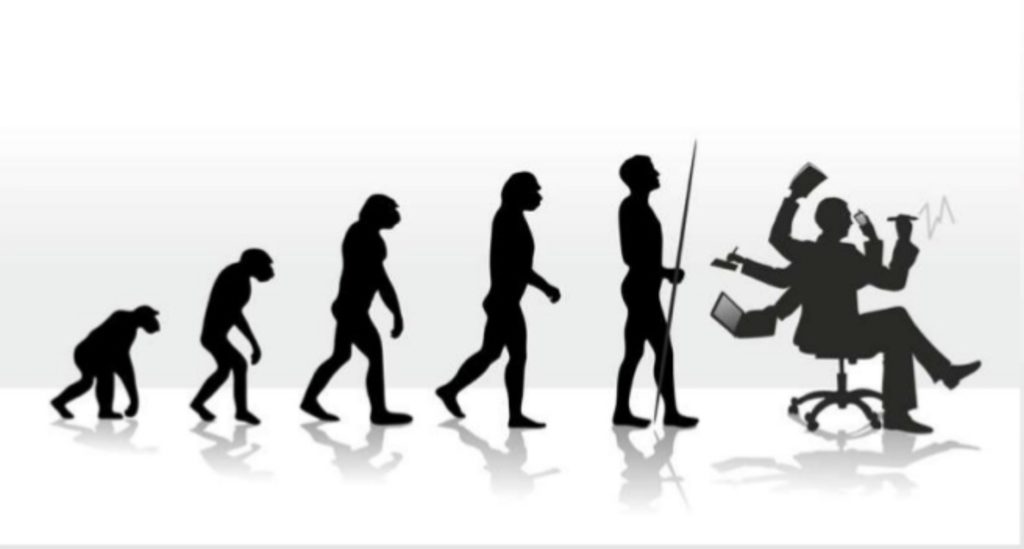
When it comes to a manufacturing organization, there is a brutal reality of habits. Engineers and manufacturing companies are following their regular habits and to change it takes time and effort.
However, manufacturing world is changing and it impacts manufacturing business. Global market and global supply chain are among the first that bringing these changes. Manufacturing companies are using global supply chain and building factories to optimize cost and bring production closer to their customers.
Engineers are spending more time and resources on supply chain and procurement in manufacturing. An average manufacturing company is building 30% of the product and buying remaining 70% from other companies. Buying right parts and assemblies becomes critical and to deliver project or part on time is so important that an entire project can fail just because one or two contractors will screw up and will not deliver on time.
So, I was not surprised to see the following slides about supply chain collaboration in What’s ahead in Aras presentation delivered by Aras CTO, Rob McAveney. Check the slides below.
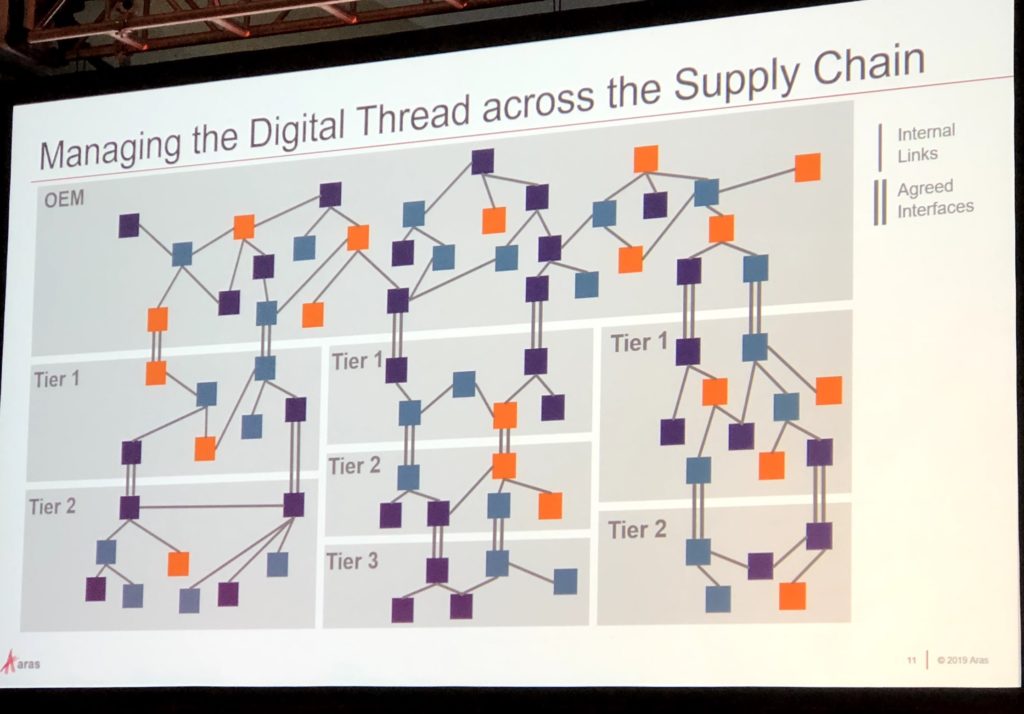
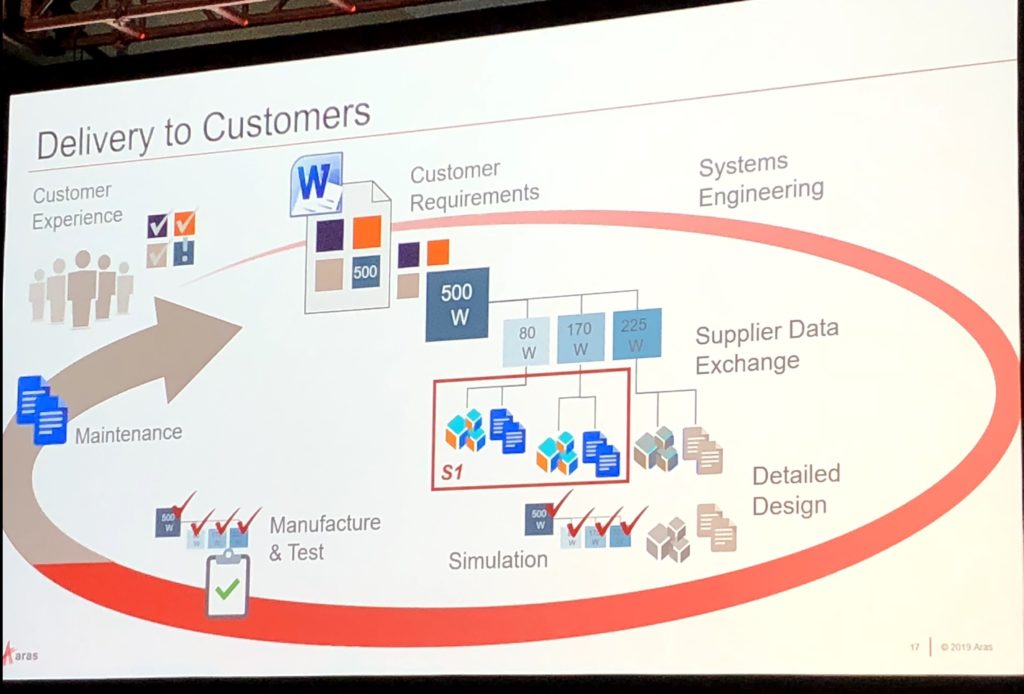
These slides made me think about how PLM vendors are planning to support digital transformation in the supply chain. I cannot agree more with Rob McAveney showing direct relationships between digital thread and supply chain. At the same time, the following OEM/Supplier slide is raising many questions.
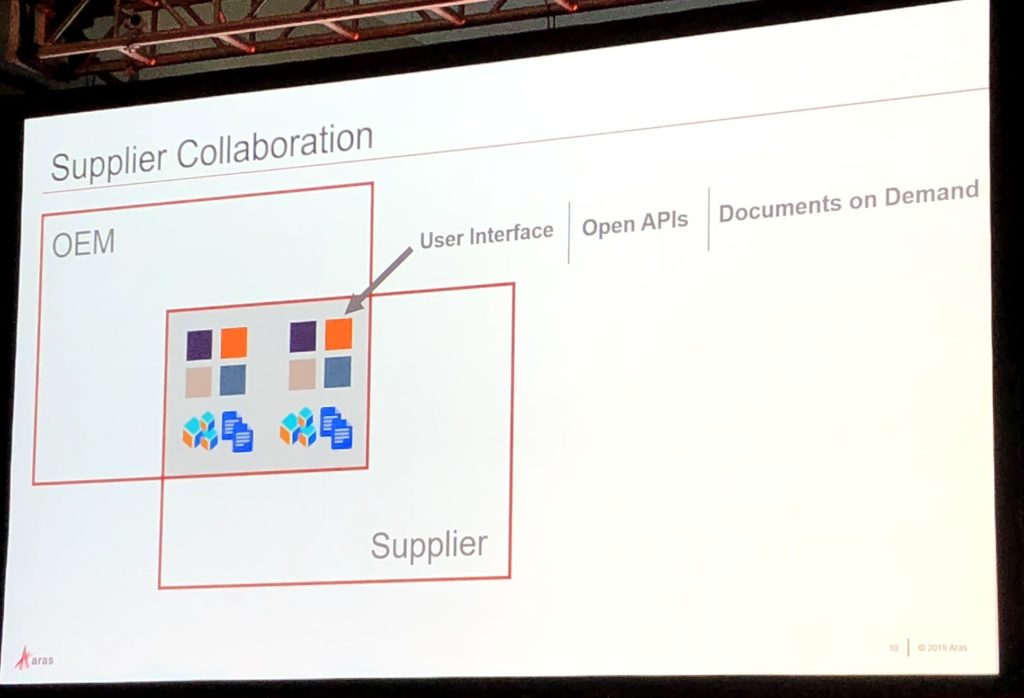
What are these boxes representing OEM and suppliers? Are those boxes showing data? company PLM servers? 2 PLM systems? Company logical boundaries? There are too many questions and very little answers. It is clear to me that traditional supply data packaging used by all PLM vendors cannot survive modern digital supply chain. Imaging files and metadata uploaded from PLM databases to external packages every time you need to share the data… you gotta be kidding me, right? But this is how 90% of manufacturing companies are working today and this is must change.
What is my conclusion? A successful digital transformation is about breaking habits and old processes in communications and data management. Because the way companies are managing data is impacting how people are organizing their work and communicating. An entire communication network between OEM and suppliers can be only functioning if it is using scalable and distributed data sets between companies. The examples of such communications are coming everywhere. You can see them in 20 people manufacturing startup and in global manufacturing OEM with thousands of contractors and suppliers. These companies will demand 21st-century digital infrastructure. Just my thoughts…
Best, Oleg
Disclaimer: I’m co-founder and CEO of OpenBOM developing cloud-based bill of materials and inventory management tool for manufacturing companies, hardware startups and supply chain. My opinion can be unintentionally biased.
The post PLM, supply chain collaboration and digital transformation appeared first on Beyond PLM (Product Lifecycle Management) Blog.
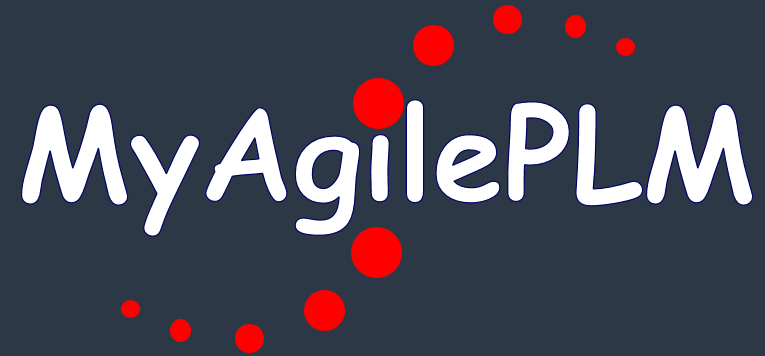


Be the first to post a comment.